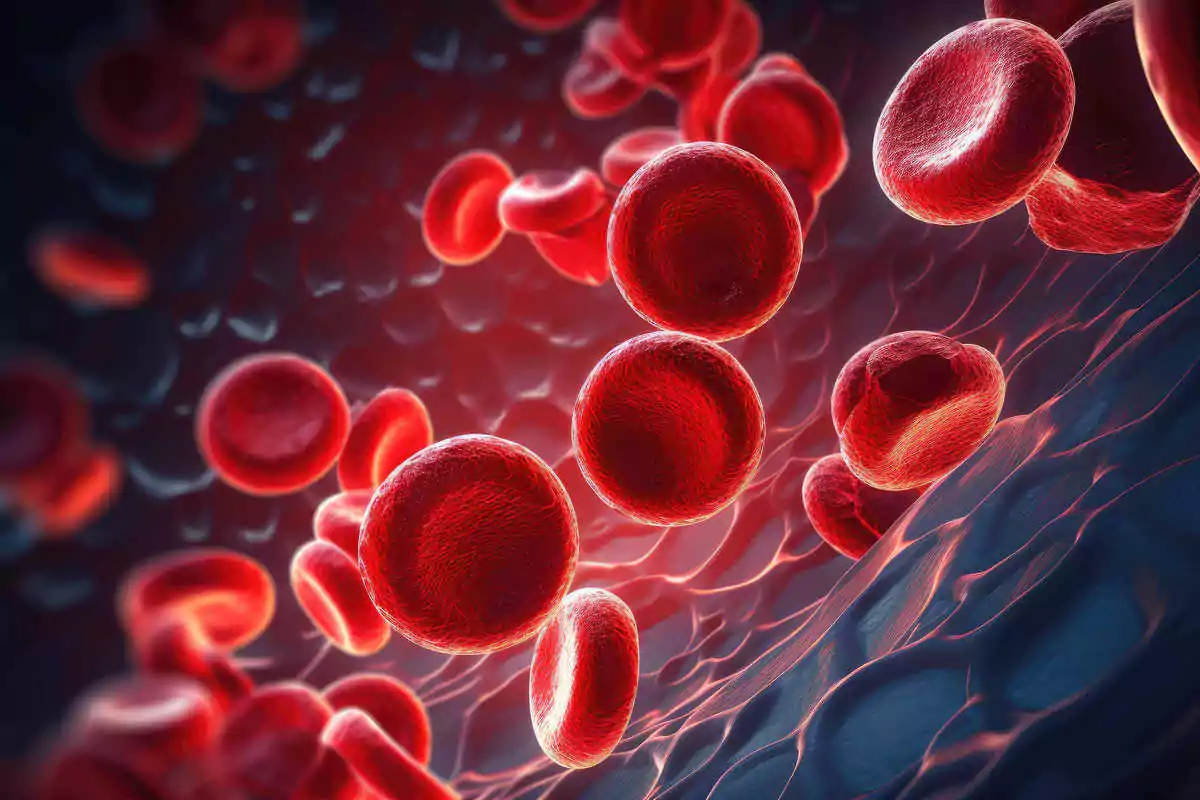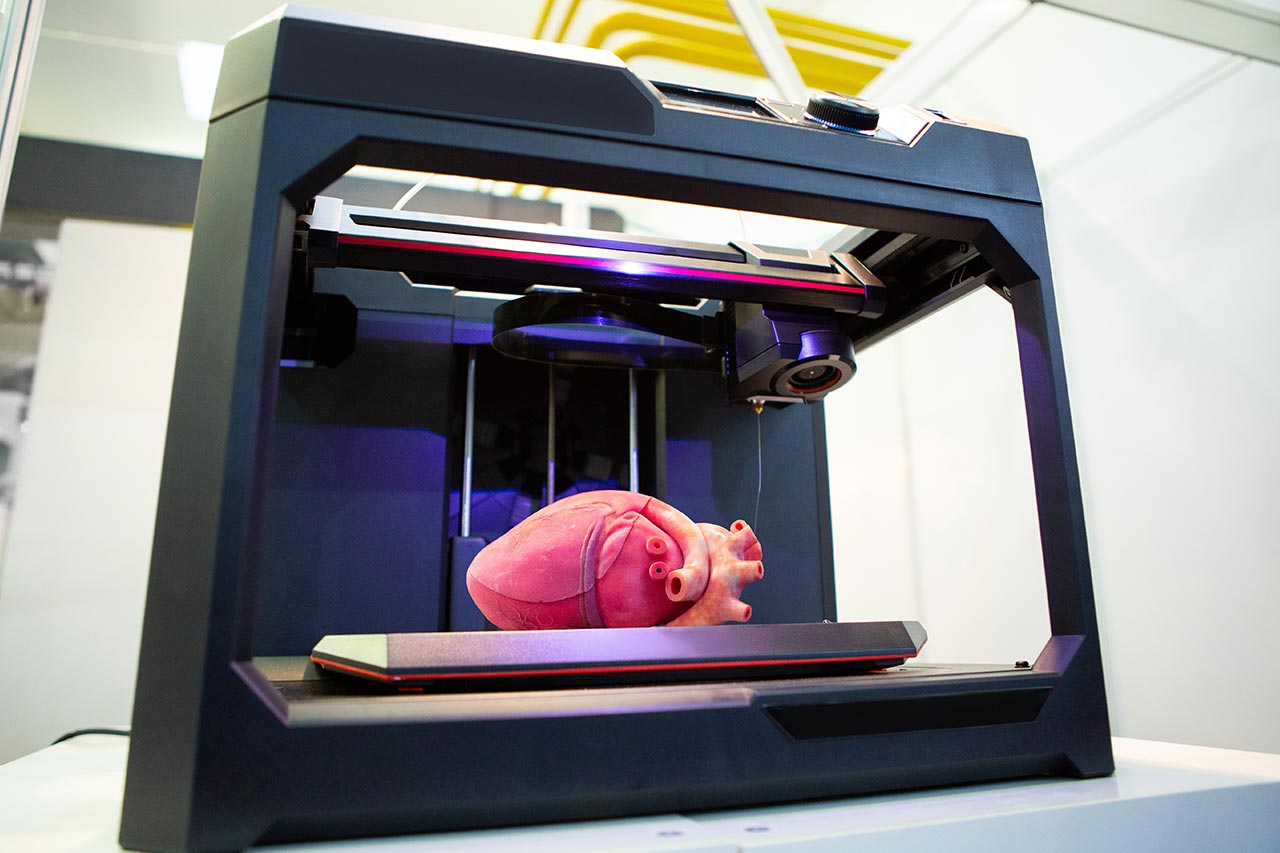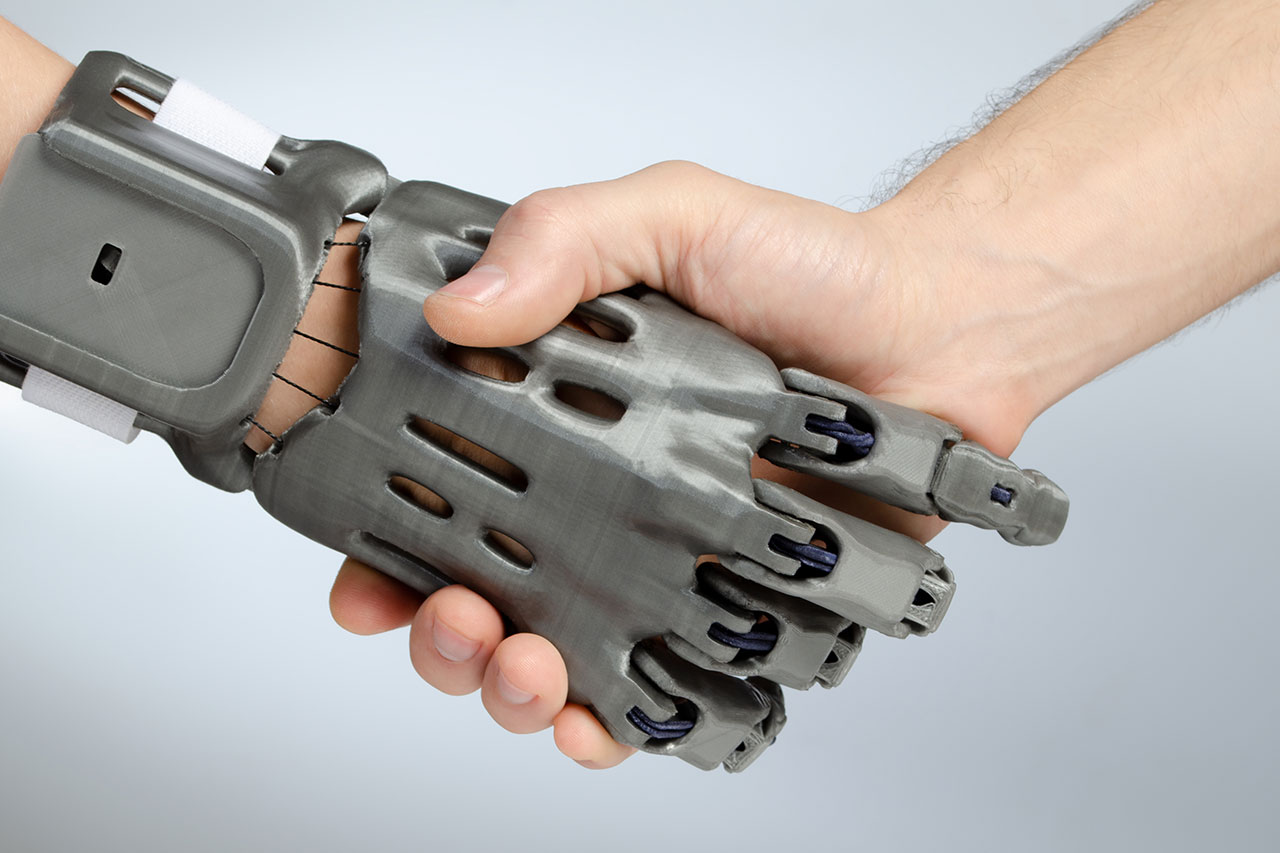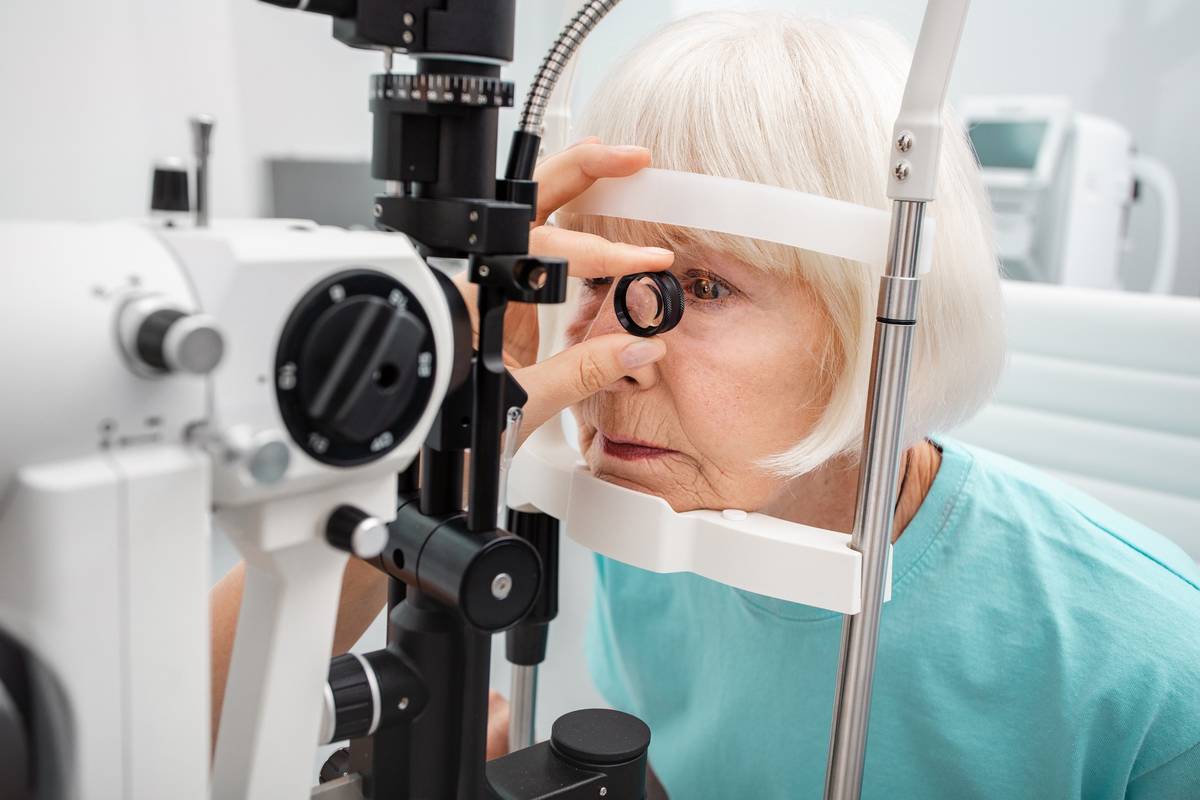Technical advances in tissue engineering
Tissue engineering is based on two elements: the matrix, the structure on which the tissue architecture must be organized, and the stem cells, which can be added beforehand in-vitro or in-vivo after implantation of the matrix. Technical progress in this field is constant. In terms of matrix and tissue manufacturing, progress has been marked in particular by the development of 3D bioprinting and nanofabrication.
3D bioprinting enables complex tissue structures to be produced with great precision. It can be used to produce both three-dimensional matrices and tissues, with the addition of stem cells. 3D printing enables the shape, size and porosity of the matrix to be controlled, as well as the arrangement of the cells. Nanofabrication is a nanoscale manufacturing method used to create matrices with a specific mechanical function, notably in terms of rigidity and porosity. The biomaterials used for these matrices can be polymers, hydrogels and composite materials.
In terms of cell culture, 3D cell culturing and the use of stem cells are two techniques that have led to advances in cell and tissue engineering. Instead of growing stem cells on flat surfaces, 3D culture allows cells to develop in an environment that more closely resembles their natural surroundings, which can provide more precise results and a better function of the tissues. Stem cells are cells that have the ability to differentiate into different specialized cell types, making them very useful for tissue engineering. They can be used to create complex artificial tissues, such as bone, muscle and blood vessels, and can even be used to manufacture organs such as hearts and kidneys.
The many applications of tissue engineering: from cosmetics to medicine
Application n°1: tissue engineering to test the efficacy and toxicity of ingredients
Tissue engineering is a highly versatile discipline with many potential applications.
In cosmetics, and in other areas such as chemistry, tissue engineering can be used to manufacture biological tissues on which to test the efficacy and toxicity of ingredients, replacing the use of animals.
Application n°2: tissue engineering for medical and pharmaceutical research
This technology can be used to model certain diseases in vitro, such as cancer, heart disease and neurodegenerative diseases. These biological tissue models can then be used to study the evolution of these diseases in vitro or to evaluate new treatments (development of a new drug, for instance).
Application n°3: tissue engineering for organ and tissue repair
Finally, tissue engineering is used to repair human tissues and organs damaged or lost through disease, trauma and aging. In this case, we speak of regenerative medicine, which uses tissue engineering techniques for medical application.
Learn more about the possible applications of regenerative medicine >
A special focus on the medical field
Cell and tissue engineering is a highly promising discipline with the potential to revolutionize medicine by offering more effective and longer-lasting treatment options for patients suffering from chronic diseases or serious injuries. Several major successes have demonstrated the potential of this discipline to improve the lives of these patients.
Artificial skins are one of the earliest success stories. A number of solutions exist today, with varying degrees of complexity and addressing different skin functions. Synthetic skins began with the development of acellular dermal or epidermal substitutes, then became more complex with the addition of cells, often stem cells differentiating into keratinocytes or fibroblasts, or cells taken directly from the patient. Today, new, more complex substitutes exist, notably dermo-epidermal substitutes. In addition, numerous studies are underway to add elements missing from the structure or composition of in-vivo skin (nerves, skin appendages, vascularization, pigmentation, etc.).
A second example is the development of bone implants through tissue engineering. In this case, the challenge is to produce supports for biomaterials that reproduce the highly porous structure of cancellous bone, which is essential for vascularization and bone growth, while possessing high mechanical strength to provide sufficient support when implanted. Other elements can be added to these biomaterials, including cells but also growth factors, angiogenic factors, differentiation factors or drugs, to accelerate and enhance tissue repair.
Other tissue replacements are possible thanks to tissue engineering, and the future challenge is to develop complex synthetic organs using tissue engineering. This has already been achieved for a number of diseases, including eye disease with retinal implants, heart disease with an artificial heart, and laryngectomy patients with an artificial larynx.
In short, tissue engineering has already proved its effectiveness in a wide range of applications, with particular development in recent years in the medical field. Technical advances in this discipline have led to considerable improvements in the complexity and composition of artificial tissues. Are you interested in these techniques or in tissue engineering products? Alcimed can help you explore this booming market. Don’t hesitate to contact our team!
About the authors,
Marie-Zoé, Consultant in the Alcimed’s Life Sciences team in France
Xiaolin, Production Manager in the Alcimed’s Life Sciences team in France



